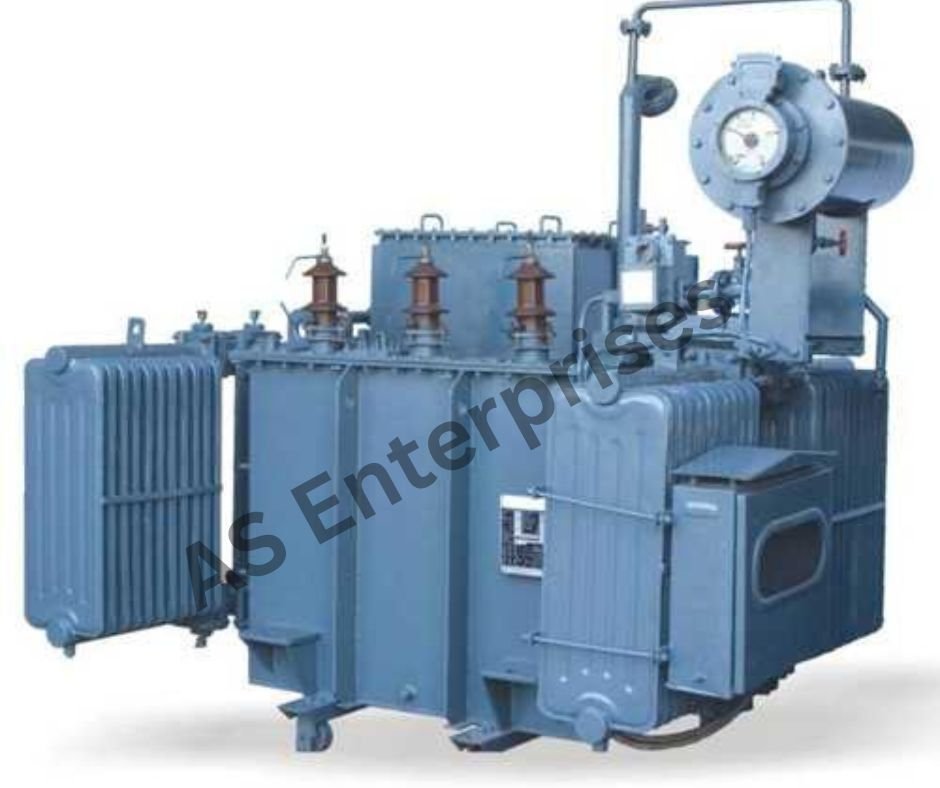
Current Transformer
Current transformers are used to convert alternating current (AC) into direct current. Current transformers are designed to produce an AC voltage in its secondary winding, which is proportional to the current being measured in its primary winding. To be able to accurately determine the value of the current and/or voltage, this manufactured wiring device must be able to convert a DC voltage (common for many standard electric appliances such as lights and motors) into an AC voltage
Current transformers are designed to produce an AC voltage in its secondary winding, which is proportional to the current being measured in its primary winding. To be able to accurately determine the value of the current and/or voltage, this manufactured wiring device must be able to convert a DC voltage (common for many standard electric appliances such as lights and motors) into an AC voltage. Current transformers have large capacitors that absorb small amount of energy from the incoming power supply until it reaches a certain level when these capacitors are charged up by some kind of transformer cores like inductors or ferrite beads. After that capacitor charges up, the flow of current through those cores changes from AC sinusoidal waves to DC rectified waveform.
Current transformers are considered to be a critical component of most power distribution systems. They are used in power distribution networks to convert the direct current (DC) from sources such as motors or generators into an alternating current (AC). This is done by allowing the low voltage AC waveform to originate from a primary winding and inducing an opposite phase/direction waveform in a secondary winding; or vice versa, depending on whether you want to supply power or take it out of the system.
